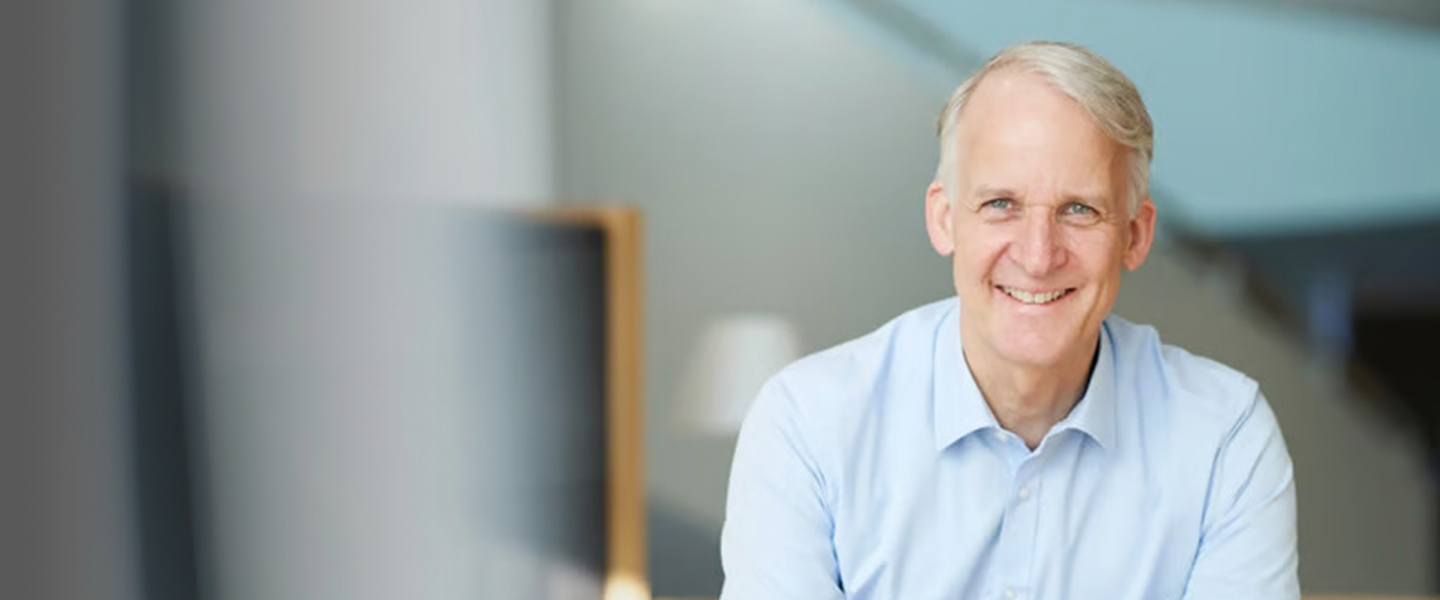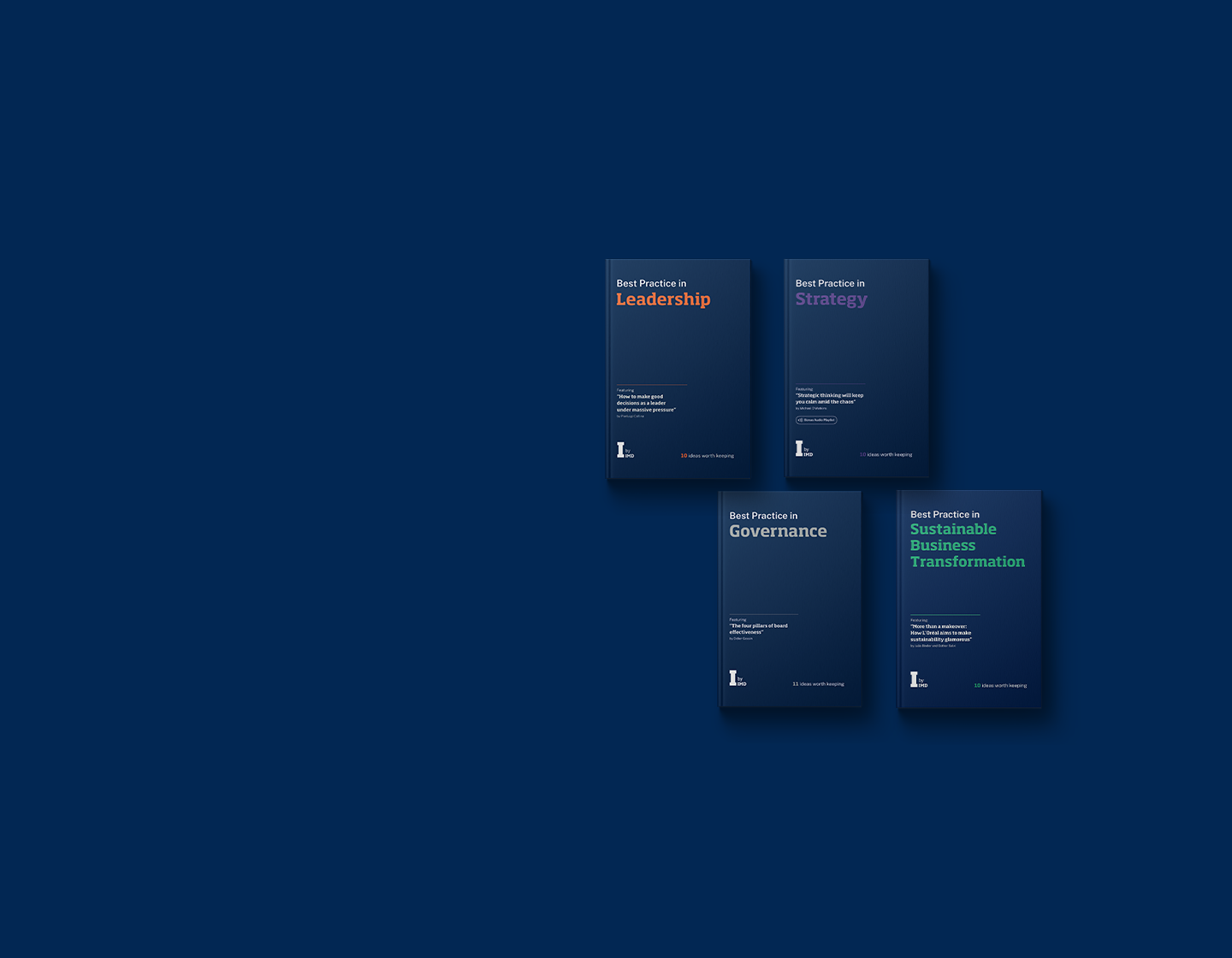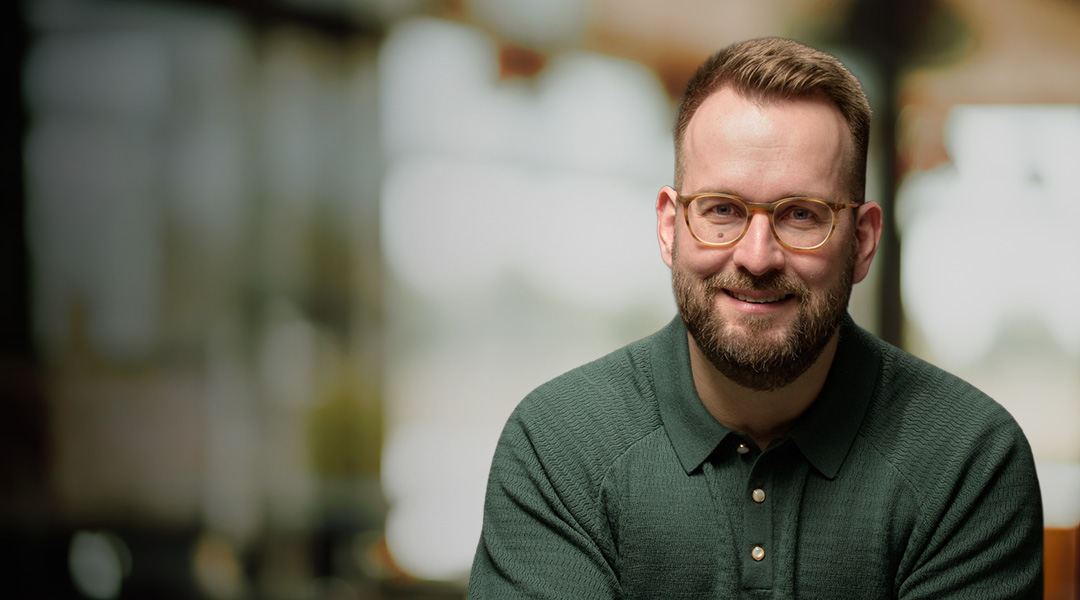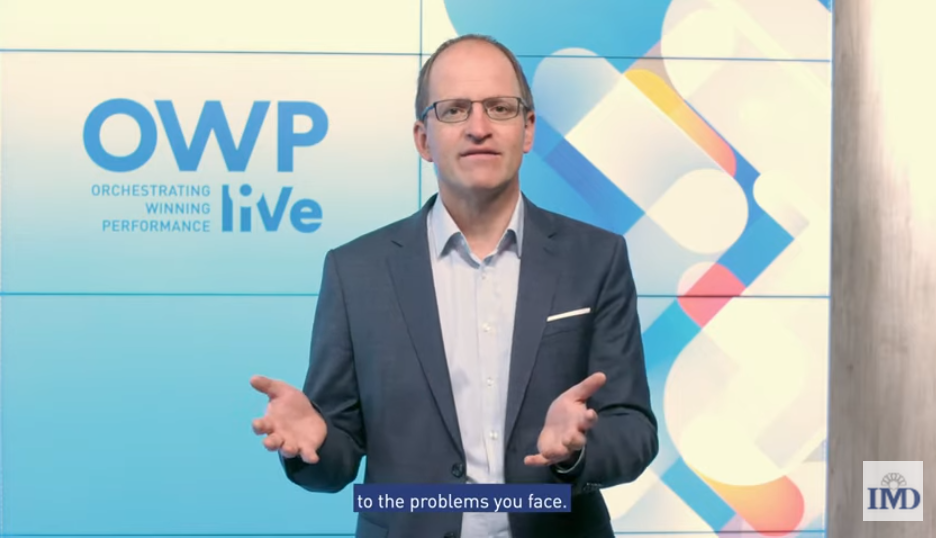There is no one-size-fits-all way to solving problems. Here’s how to tailor your approach

In 2014, French rail operator SNCF ordered some 300 new trains at a cost of €15 billion. When they were delivered a couple of years later, the company realized that they were too wide for many of the train stations across the country, and that these needed to be modified.
The source of the costly and embarrassing mistake was that the design relied on the measures of platforms that had been built recently. Many of France’s older platforms had been built when trains were a little narrower, and this fact had been overlooked.
Where would your focus be if you had to set solving a problem as complex as this?
As an executive, you are constantly solving complex problems, but have you ever defined what constitutes a successful solution? Success cannot be defined merely by whether or not the outcome was as expected because that outcome depends on many factors, quite a few of which are beyond your control.
Instead, success should be defined by whether or not you followed a good problem-solving process.
Problem-solving skills are high in demand in our increasingly complex world and CEOS look for them among their talent searching more and more.
Solving your problems intuitively can be disastrous but too much analysis can also end poorly, say Arnaud Chevallier, IMD Professor of Strategy who – along with Albert Enders, IMD Professor of Strategy and Innovation – will be leading an entire session on the topic: “Strategize your way out of complex problems” at OWP liVe in June.
Together, the professors will unveil a versatile and customizable three-step process that can be taken and applied to any problem you face in the workplace: frame, explore, decide.
- Frame answers the question: What is my problem?
Define the problem, synthesizing it into a single overarching key question. This is the ‘quest’.
- Explore answers the question: How may I solve my problem?
Identify potential answers to the quest; those are alternatives. Also identify what characteristics of a would-be solution are important to you.
- Decide answers the question: How should I solve my problem?
Identify which alternative you prefer on balance, by evaluating them all.
At the OWP session, you can learn how to “zero in on the problem, develop your creative thinking and consistently evaluate potential solutions, all the while keeping your potential stakeholders engaged. Do away with distractions and clutter to make sure your focus on the problem is optimal,” says Professor Enders.
“You need a flexible process you can use to allocate the time and brain power needed to the specific problem at hand,” adds Professor Chevallier.
Clarity, impact and speed are the name of the game: the clarity to build a shared understanding among the key stakeholders of what the problem is and, equally important, what it isn’t; the impact that comes about by focusing your limited resources on what truly matters to the group; and the speed to reach an optimal solution before your window of opportunity closes.
Research Information & Knowledge Hub for additional information on IMD publications

Chinese EV leaders show how the Outpacing strategy uses fast evolutionary cycles to shift direction early and gain an edge over slower moving rivals.

But clinical psychologist Ingrid Clayton identifies a fourth survival strategy lurking in your neural circuitry that most leadership training misses – and it might be sabotaging your effectiveness.

Gloat’s Jeff Schwartz and Mike Worthington reveal how AI and skills-powered strategies are transforming talent management and workforce strategy.
Academic institutions face unprecedented complexity from technological change, evolving funding models, diverse stakeholder demands and pressure to demonstrate societal impact. Traditional strategic planning – periodic exercises that typically yie...

Former Novo Nordisk CSO Marcus Schindler on R&D leadership, pharma innovation, scientific discovery, AI, global talent, DEI, biotech, drug development strategy.

Amy Bonsall and Alyson Meister show how to turn problems into opportunities through reframing your response to perceived threats.

Discover the new I by IMD Best Practice book series: four essential guides on leadership, strategy, governance, and sustainable transformation. Actionable insights from world-class faculty.

Gaming has become one of the world’s most powerful consumer ecosystems. Stefan Michel explores why every company now needs a strategy for play to stay competitive.

Explore the accelerating energy transition as IMD hosts RWE’s Kunal Chandra to discuss clean energy investment, bottlenecks, and strategic choices for leaders.

Vinted founder Milda Mitkute shares how she turned a wardrobe cleanout into Lithuania’s first tech unicorn and why responsible growth matters.
Research Information & Knowledge Hub for additional information on IMD publications
in I by IMD
Research Information & Knowledge Hub for additional information on IMD publications
in I by IMD
Research Information & Knowledge Hub for additional information on IMD publications
Research Information & Knowledge Hub for additional information on IMD publications
Research Information & Knowledge Hub for additional information on IMD publications
Research Information & Knowledge Hub for additional information on IMD publications
in I by IMD
Research Information & Knowledge Hub for additional information on IMD publications
Research Information & Knowledge Hub for additional information on IMD publications
in I by IMD
Research Information & Knowledge Hub for additional information on IMD publications
in I by IMD
Research Information & Knowledge Hub for additional information on IMD publications


